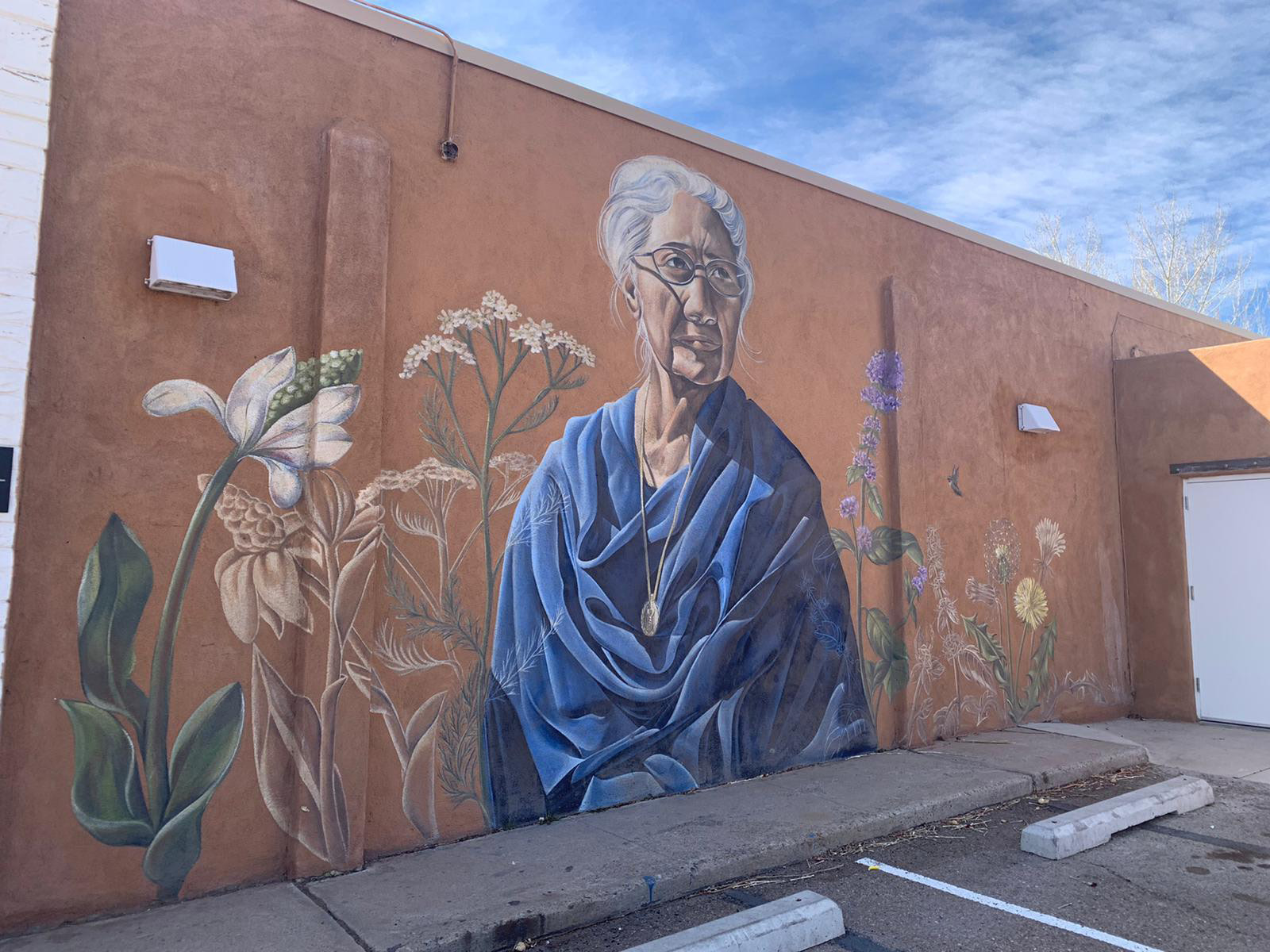
Strategies to Protect Identity, Policy And Public Investment
Spring 2021
PROGRAM: Master of Community and Regional Planning
STUDENTS: Trevor Bos, Andrea Calderon, Katie Dix, Catherine Heyne, Andy Jones, Zohreh Mehrabi, Karl Redmon, Erika Robers, Tyler Smith
INSTRUCTORS: joni m palmer, PhD, Research & Teaching Faculty Moises Gonzales, Associate Professor
The goals of our work in this Capstone Studio were two-fold. First, we were to explore the traditional and cultural identity of pre-identified historic Albuquerque communities, and secondly, develop recommendations and policy implementation strategies for identity planning to be presented to our client, the City of Albuquerque Planning Department. Our recommendations and strategies assess zoning regulations, land-use policy, public art, cultural programming, infrastructure, community engagement and capital improvement planning as strategies that can help maintain local cultural identities.
This project is based on concerns about the 2017 Albuqurque-Bernalillo County (ABC) Comprehensive Plan (Comp Plan) update—a plan Bernalillo County weighed in on but did not adopt. Shortly after, in 2018, the City of Albuquerque (CABQ) adopted new zoning and subdivision regulations. These new regulations, specified in the Integrated Development Ordinance (IDO), are intended to guide the land use and development plans outlined in the Comp Plan (CABQ, 2020a). In other words, the IDO is the tool used to shape city land use, growth, and patterning. Because IDO regulations are applied uniformly across the city, residents of Albuquerque’s historic communities and City Planning staff are concerned about how the new regulations will continue to impact and change the cultural fabric and cohesiveness of these distinctive, established neighborhoods. Thus, the impetus for this project is how the CABQ Planning Department might address potential and unforeseen threats and inconsistencies generated by these documents. More specifically, the newer IDO regulations may list the unique physical characteristics of parcel size in the existing historical communities as substandard. Generational property owners may then find that smaller and benign redevelopment may be difficult. A small addition onto a house for example, could require many variances, and place an undue burden on owners of these smaller lots. The burden placed on the owners of older lots to modify or redevelop according to modern standards demonstrates a need for an update to the code that would better accommodate older properties. However, none of this should be done without including the most important component of our city-the residents. How do we allow for creativity, growth, and inclusion without losing what made the original so strong, resilient, and unique? Community Planning is an iterative and inclusive process that is often restricted by budgets and insufficient staff. As such, our Capstone Studio team is helping address how identity planning can be furthered within the city according to goals laid out in the 2017 Comprehensive plan, and more specifically within four communities: Barelas, South Broadway, San Jose, and West Old Town.

